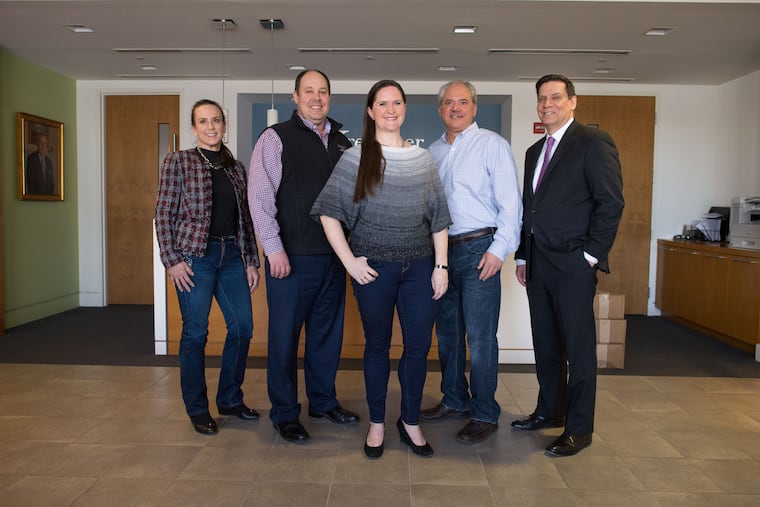Casual Friday? At more and more Top Workplaces, it’s casual every day
At 2019 Top Workplaces as well as other companies around the region, dress codes are loosening up — part of a national movement driven largely by a younger workforce of millennials and, close behind, the in-their-20s Gen Zers.
